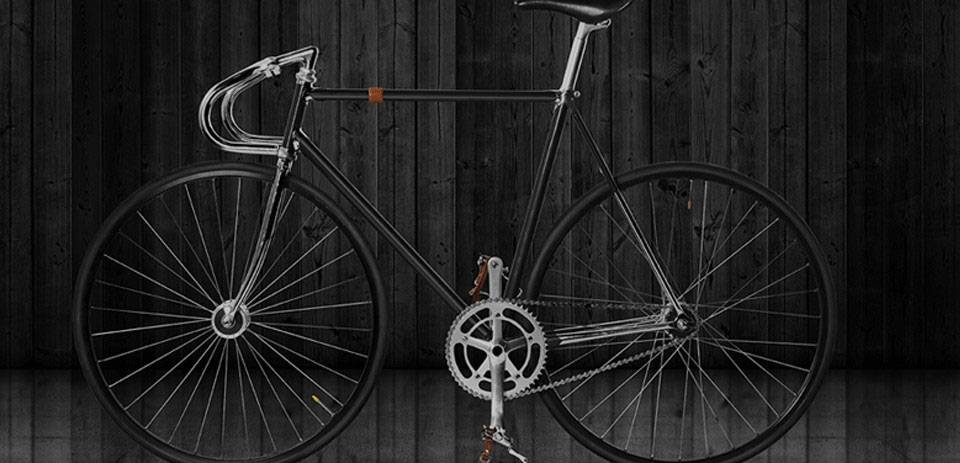Understanding the Key Differences Between Various Types of Mountain Bikes for Your Riding Needs
Understanding the Differences in Mountain Bikes
Mountain biking is more than just a recreational activity; it’s a lifestyle and a sport that requires the right kind of gear to thrive in diverse terrains. With various types of mountain bikes available on the market, understanding their differences is crucial for enthusiasts looking to maximize their riding experience. This article explores the primary distinctions among mountain bikes to help you make an informed choice.
1. Types of Mountain Bikes
Mountain bikes can generally be categorized into several types, each designed for specific terrains and riding styles
- Cross-Country (XC) Bikes These bikes are lightweight and designed for speed. They typically have a more aggressive riding position and are built for climbing and covering long distances efficiently. Cross-country bikes excel on smoother trails and are commonly used in racing.
- Trail Bikes A versatile option, trail bikes offer a balance between climbing efficiency and downhill performance. They usually have a moderate amount of suspension travel, making them suitable for handling a variety of terrains, including rough trails and technical descents. Trail bikes are an excellent choice for riders seeking an all-around mountain biking experience.
- All-Mountain Bikes Similar to trail bikes but with more suspension travel, all-mountain bikes are designed for aggressive riding and steep descents. They are equipped to handle rougher terrains and can tackle bigger obstacles, making them perfect for riders who enjoy challenging trails.
- Enduro Bikes These bikes take the features of all-mountain bikes a step further by providing even more suspension travel. Enduro bikes are built for downhill performance without sacrificing climbing capability. They are ideal for riders who participate in enduro races, where descending is just as important as climbing.
- Downhill Bikes Specifically designed for steep, technical descents, downhill bikes have the most suspension travel of any mountain bike category. They are heavier and built to withstand rugged terrain while providing maximum stability. However, they are not suited for climbing, as they are designed for downhill tracks only.
2. Frame Material
mountain bike differences

Another significant difference among mountain bikes lies in the materials used for their frames. Common materials include
- Aluminum Lightweight and cost-effective, aluminum frames are popular among entry-level and mid-range bikes
. They offer good strength and durability but may not absorb vibrations as effectively as other materials.- Carbon Fiber Known for its high strength-to-weight ratio, carbon fiber frames are often found on high-end bikes. These frames provide excellent stiffness and shock absorption, resulting in better performance and comfort.
- Steel While less common in modern mountain bikes, steel frames are extremely durable and offer good shock absorption. They tend to be heavier, making them more suited to leisurely rides rather than aggressive mountain biking.
3. Suspension Types
Mountain bikes also differ in their suspension systems, which play a crucial role in performance and comfort
- Hardtail Featuring suspension only in the front fork, hardtail bikes are simpler, lighter, and often more affordable. They are ideal for cross-country and trail riding, providing efficiency on climbs.
- Full-Suspension These bikes have both front and rear suspension, allowing for better control and comfort over rough terrain. Full-suspension bikes are great for all-mountain, enduro, and downhill enthusiasts who require more stability on descents.
Conclusion
Choosing the right mountain bike depends on your riding style, the terrain you plan to tackle, and your budget. Each type of mountain bike offers unique advantages and features, catering to various preferences and skill levels. By understanding the differences among them, you can select the perfect bike that enhances your mountain biking experience and helps you ride with confidence!
-
Why Ride On Toys Are Every Kid’s FavoriteNewsApr.03,2025
-
Why a Mountain Bike is Perfect for Outdoor AdventuresNewsApr.03,2025
-
Why a Baby Tricycle is the Perfect First RideNewsApr.03,2025
-
The Joy of Learning with a Kids Balance BikeNewsApr.03,2025
-
The Fun and Benefits of a Childrens ScooterNewsApr.03,2025
-
Find the Perfect Kids' Bikes for Fun and AdventureNewsApr.03,2025
-
Perfect Color for Your Mountain BikeNewsFeb.27,2025








